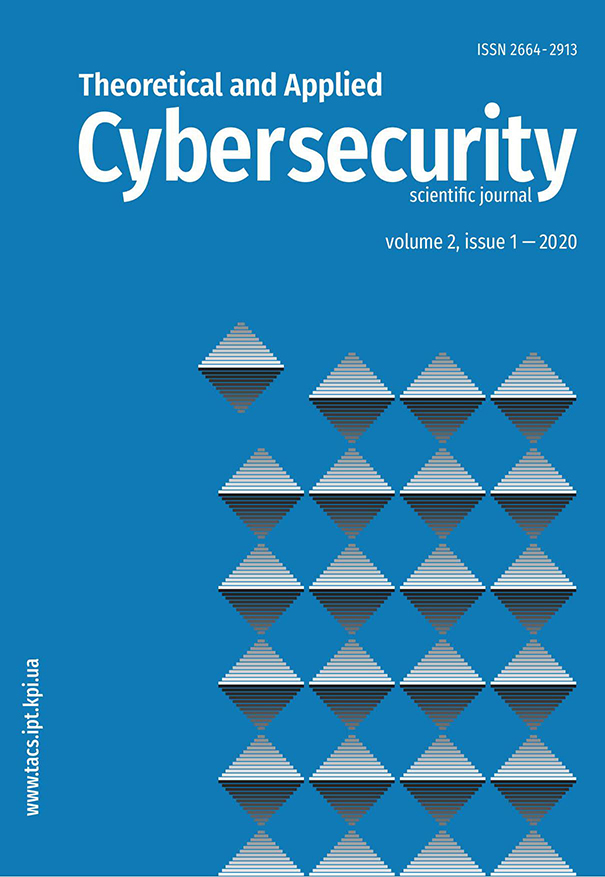Wavelet and fractal analysis based news spreading model
DOI:
https://doi.org/10.20535/tacs.2664-29132020.1.209481Abstract
The aggression of the Russian Federation in Ukraine has exposed a strategic problem, derived from an unwillingness to fully oppose the information confrontation. Media could do even more damage to the country’s defense capabilities than military action. Spreading fake news can be used to misrepresent, distort, and create a negative image of an informational event in society, as well as instill fear, panic, or downplay achievements. Little attention is paid to such information operations and approaches to their detection. The paper deals with the detection of such information effects using Exploratory data analysis, fractal and wavelet analysis, as well as factor structure analysis using neural networks for being defensive, understanding of methods and techniques used to attack in Informational Space is necessary.
Downloads
Published
Issue
Section
License
Authors who publish with this journal agree to the following terms:
Authors retain copyright and grant the journal right of first publication with the work simultaneously licensed under a Creative Commons Attribution License that allows others to share the work with an acknowledgement of the work's authorship and initial publication in this journal.
Authors are able to enter into separate, additional contractual arrangements for the non-exclusive distribution of the journal's published version of the work (e.g., post it to an institutional repository or publish it in a book), with an acknowledgement of its initial publication in this journal.
- Authors are permitted and encouraged to post their work online (e.g., in institutional repositories or on their website) prior to and during the submission process, as it can lead to productive exchanges, as well as earlier and greater citation of published work (See The Effect of Open Access).

